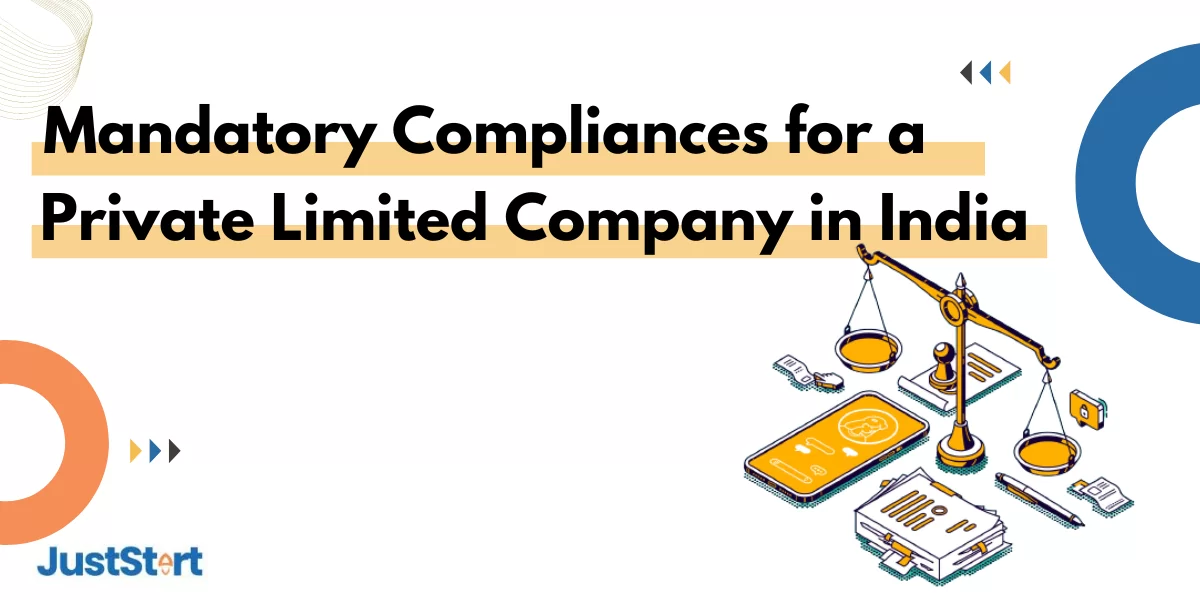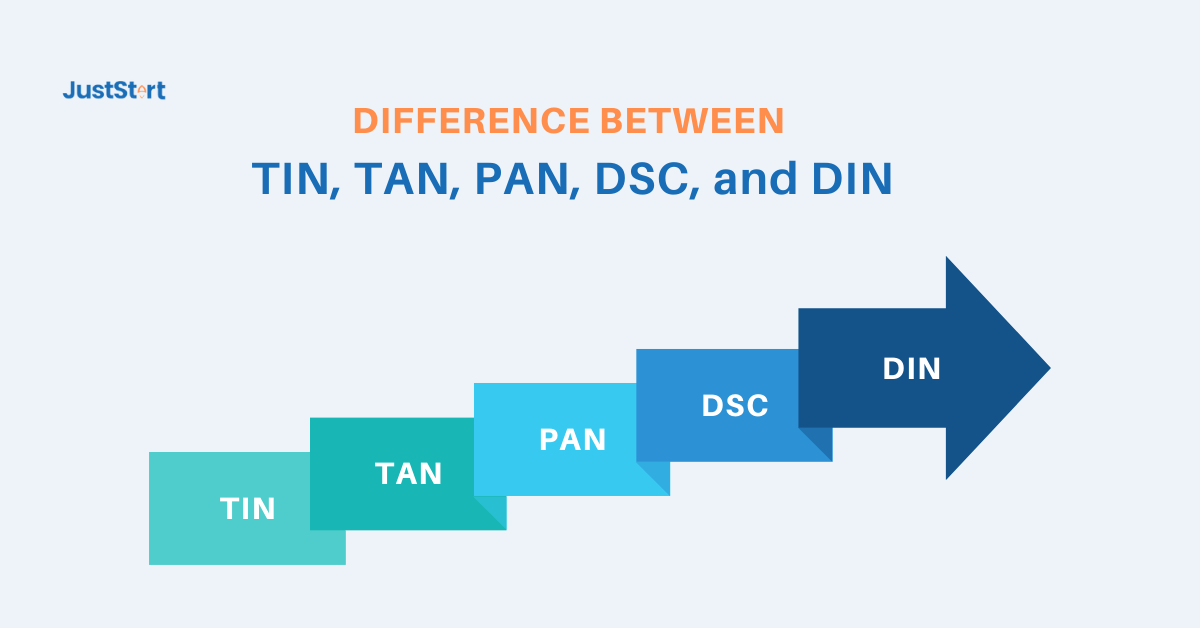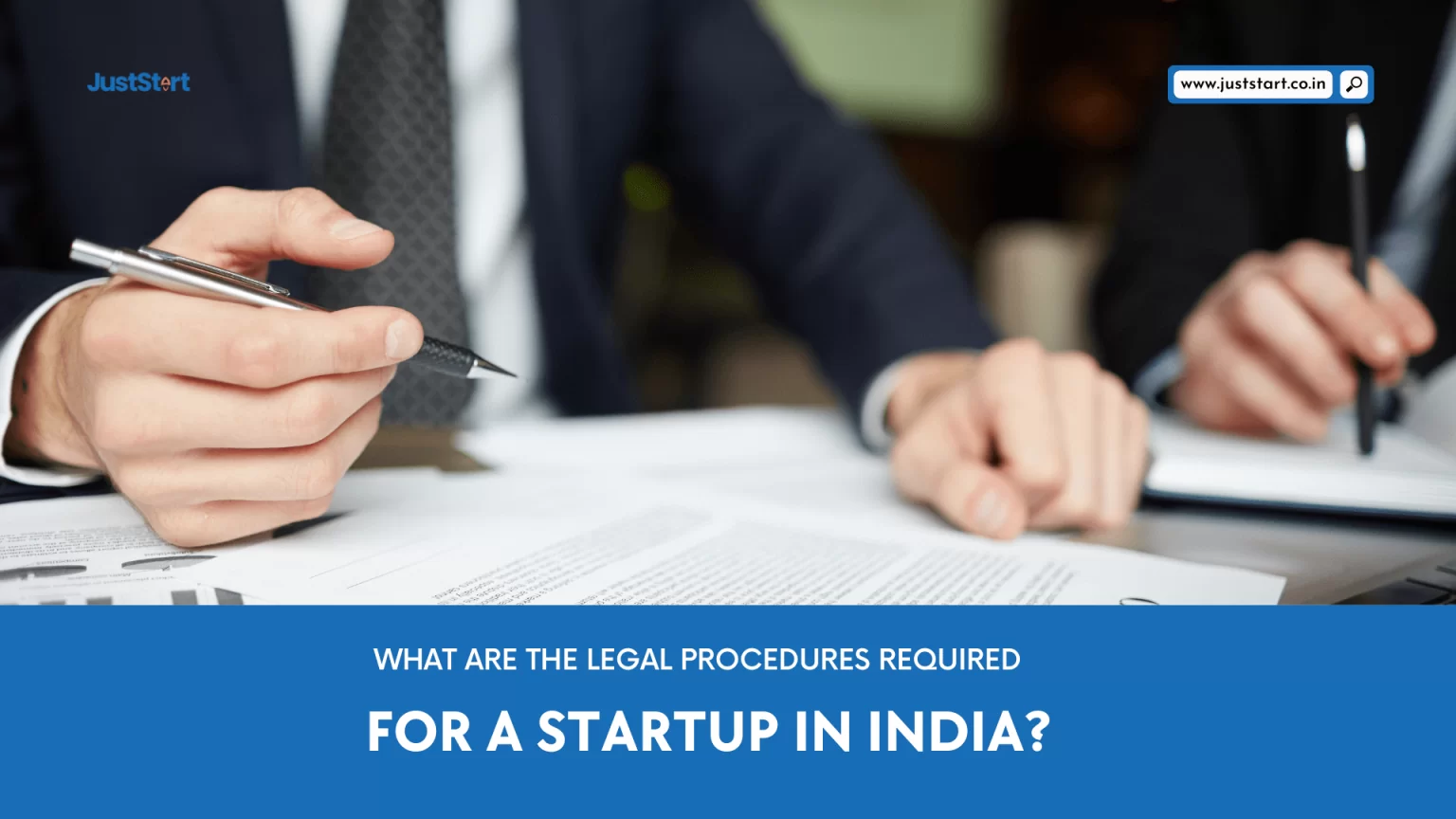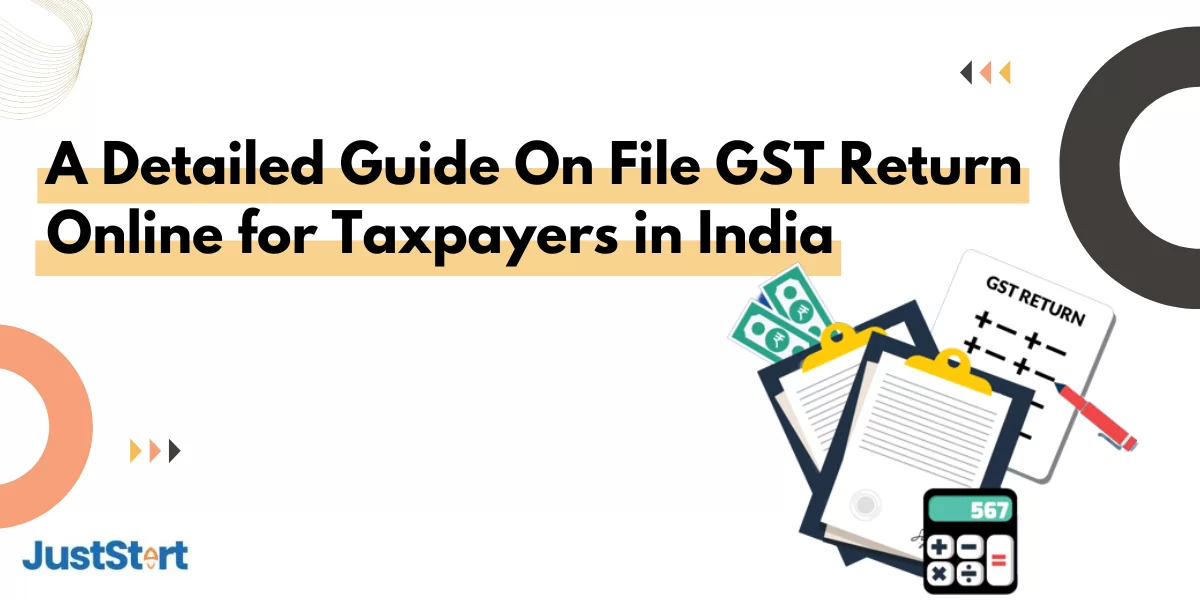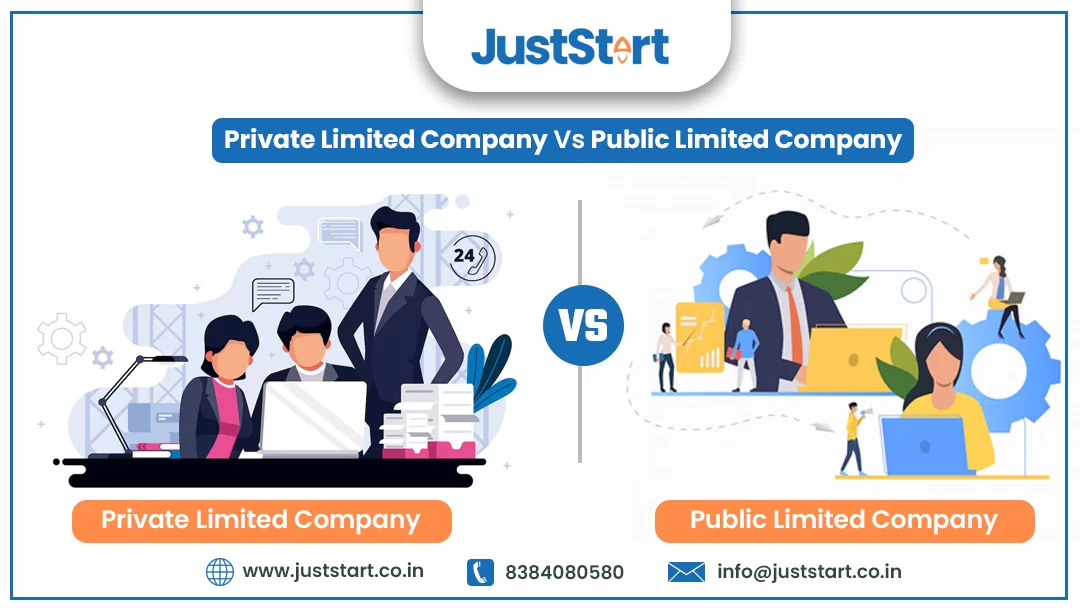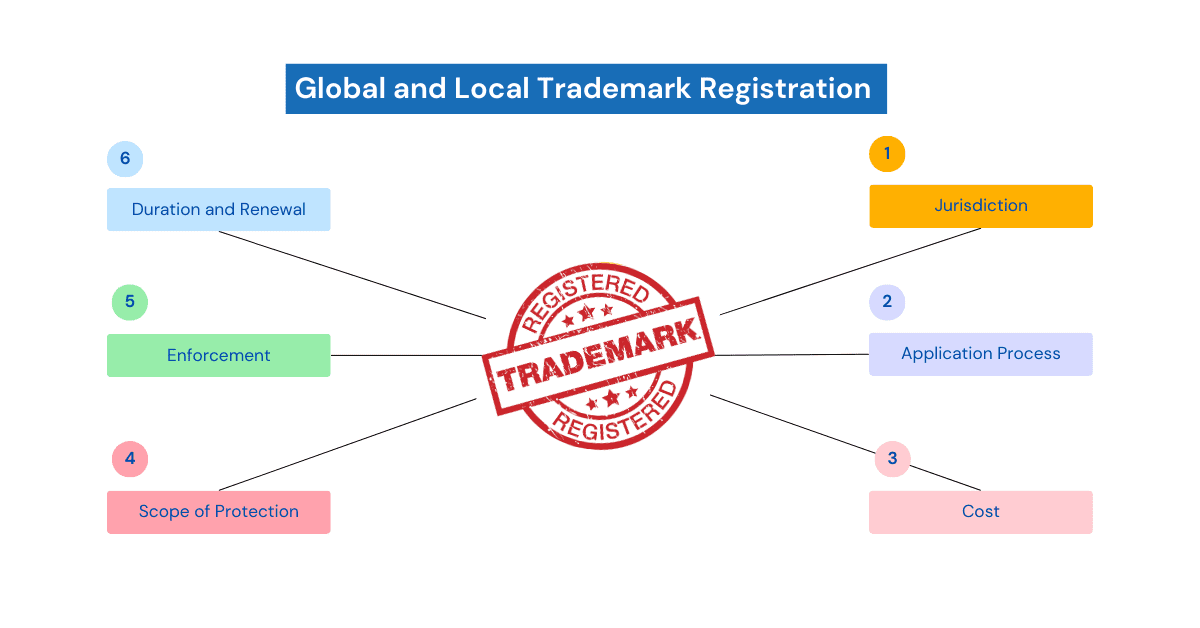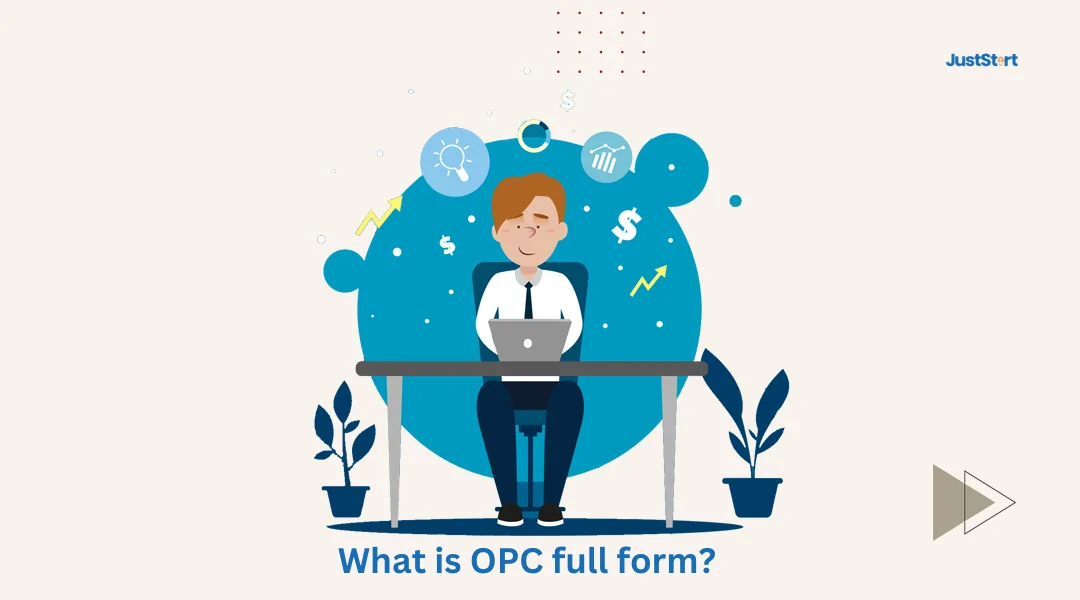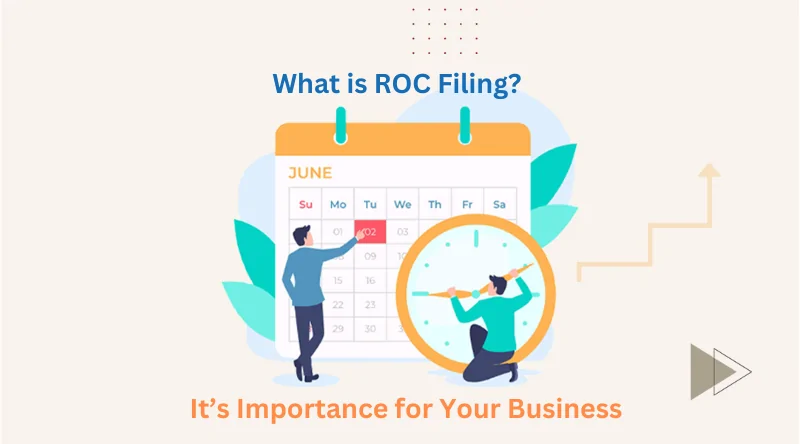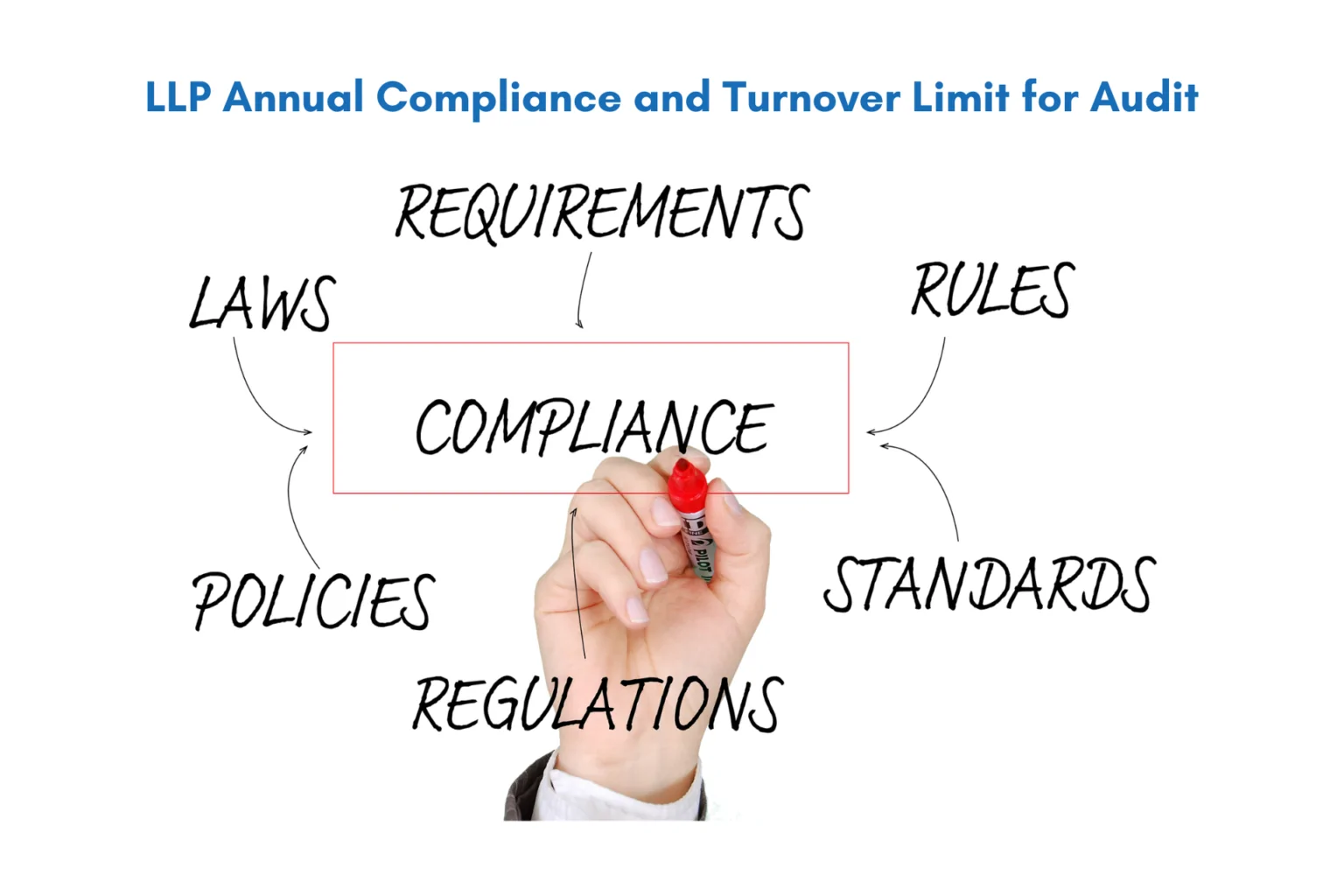
A Limited Liability Partnership is a new form of business entity with limited liability. It is an alternative corporate business vehicle that not only gives the benefits of limited liability at a low compliance cost but allows its partners the flexibility of organizing their internal structure as a traditional partnership.
Characteristics
1. LLP is a body corporate
Section(1) (d) of the Limited Liability Partnership Act, 2008 provides that an LLP is a body corporate formatted and incorporated under this Act and is a legal entity separate from that of its partners and shall have perpetual succession. Therefore, any changes in the partners of an LLP shall not affect the existence, rights, or liabilities of the LLP.
Section 3 of the Limited Liability Partnership Act provides that an LLP is a body corporate formed and incorporated under this Act and is a legal entity separate from that of its partners.
2. Perpetual succession
The LLP can continue its existence irrespective of changes in partners. Death, insolvency, and the retirement of partners have no impact on the existence of it. It is capable of entering into contracts and holding property on its own.
3. Separate Legal Entity
The limited liability partnership has a separate legal entity, and is liable to the full extent of its assets but the liability of the partners is limited to their agreed contribution in the LLP. In other words, the creditors of a limited liability partnership shall be the creditors of it alone.
4. Mutual Agency
No partner is liable on account of the independent or unauthorized actions of other partners, thus individual partners are shielded from joint liability created by another partner’s wrongful business decisions or misconduct. In other words, all partners will be agents of a limited liability partnership. No one partner can bind the other partners by his acts.
5. LLP Agreement
Mutual rights and duties of the partners within a limited liability partnership are governed by an agreement between the partners. The LLP Act, 2008 provides flexibility to the partner to devise the agreement as per their choice. In the absence of any such agreement. the mutual rights and duties shall be governed by the provisions of the LLP Act, 2008.
6. Artificial Legal Person
A limited liability partnership is an artificial person because it is created by a legal process and is clothed with the rights of an individual. It can do everything that any natural person can do, except it cannot be sent to jail, cannot take an oath, marry, or get divorced nor can it practice a learned profession like CA or medicine. An LLP is invisible, intangible, and immortal, but not fictitious because it exists.
7. Common Seal
A limited liability partnership being an artificial person can act through its partners and designated partners. LLP may have a common seal if it decides to have one. Thus, an LLP doesn't need to have a common seal. It shall remain under the custody of some responsible official and it shall be affixed in the presence of at least 2 designated partners of the LLP.
8. Limited Liability
Every partner of a limited liability partnership is for the business of the LLP, the agent of the LLP, but not of other partners. The liability of the partners will be limited to their agreed contribution to the LLP. Such contribution may be of a tangible or intangible nature or both.
9. Management of Business
The partners in the LLP are entitled to manage the business of the LLP. However, only the designated partners are responsible for legal compliance.
10. Number of Partners
Every limited liability partnership must have at least two partners and shall also have at least two individuals as designated partners, of whom at least one shall be a resident of India. There is no maximum limit on the partners in LLP.
11. Business for Profit Only
The essential requirement for forming a limited liability partnership is carrying on a lawful business intending to earn profit. Thus, LLP cannot be formed for charity or non-economic purposes.
12. Investigation
The Central Government shall have powers to investigate the affairs of an LLP by appointment of the competent authority for the purpose.
13. Compromise or Arrangement
Any compromise or agreements including mergers and amalgamation of LLP’s shall be under the provisions of the LLP Act, 2008.
14. Conversion into LLP
A firm, private company, or an unlisted public company, would be allowed to be converted into an LLP under the provisions of the LLP Act, 2008.
15. E-Filling of Documents
Every form or application of document required to be filed or delivered under the act and rules made thereunder shall be filled in computer-readable electronic form on its website www.mca.gov.in and authenticated by a partner or designated partner of LLP by the use of electronic or digital signature.
16. Foreign LLP’s
Section(2) [m] defines a foreign limited liability partnership as a limited liability partnership formed, incorporated, or registered outside India which established as a place of business within India. Foreign LLP can become a partner in an Indian LLP.
Incorporation
The most important document needed for registration is the incorporation document:-
- For a LLP to be incorporated:-
(a) Two or more persons associated with carrying on a lawful business to profit shall subscribe their names to an incorporated document.
(b) The incorporation document shall be filed in such a manner and with such fees, as may be prescribed by the registrar of the state in which the registered office of the LLP is to be situated, and
Statement to be filed:-
- There shall be filed along with the incorporation document, a statement in the prescribed form.
- Made by either an advocate, a company secretary a chartered accountant, or a cost accountant, who is engaged in the formation of the LLP
- By anyone who subscribed his name to the incorporation document.
- All the requirements of this Act and the rules made thereunder have been complied with
- In respect of incorporation and matters precedent and incidental thereto.
2. The incorporation document shall-
(A) Be in a form as may be prescribed
(B) State the name of the LLP
(C) State the proposed business of LLP
(D) State the address of the registered office of the LLP
(E) State the name and address of each of the persons who are to be partners of LLP on incorporation.
(F) State the name and address of the persons who are to be designated partners of the LLP on incorporation.
(G) Contain such other information concerning the proposed LLP as may be prescribed.
3. If a person makes a statement as discussed above which he-
(a) Knows to be false.
(b) Does not believe to be true, shall be punishable
- With imprisonment for a term which may extend to two years and
- With a fine which shall not be less than rupees 10,000 but which may extend to rupees 5 lakhs.
Incorporation by Registration
- When the requirements imposed by clauses (b) and (c) of sub-section(1) of section 11 have been complied with, the registrar shall retain the incorporation document and, unless the requirement imposed by clause (a) of that sub-section has not been complied with, he shall within 14 days-
(a) register the incorporation document
(b) give a certificate that the LLP is incorporated by the name specified therein.
2. The registrar may accept the statement delivered under clause (c) of sub-section(1) of section 11 as sufficient evidence that the requirement imposed by clause (a) of that subsection has been complied with
3. The certificate issued under clause (b) of sub-section(1) shall be signed by the registrar and authenticated by his official seal.
4. The certificate shall be conclusive evidence that the LLP is incorporated by the name specified therein.
Conversion into LLP
Conversion from firm into LLP– A firm converts into an LLP under the provisions of this chapter and the second schedule.
Private company into LLP– A private company may convert into an LLP under the provisions of this chapter and the third schedule.
Unlimited public company into LLP– An unlisted public company may convert into an LLP under the provisions of this chapter and the fourth schedule.
Registration and the effect of conversion-
Registration
- The registrar on satisfying that a firm, private company, or an unlisted public company, as the case may be, has complied with the provisions of the various schedules, provisions of this Act, and the rules made thereunder, register the documents and issue a certificate of registration in such form as the registrar may determine stating that the LLP is on and from the date specified in the certificate, registered under this Act.
- The LLP shall within 15 days of the date of registration, inform the concerned registrar of firms or registrar of companies, as the case may be, with which it was registered under the p[rovisions of the Indian Partnership Act, 1932 of the Companies Act 2013, as the case, maybe about the conversion and of the particulars of the LLP in such form and manner as may be prescribed.
Winding-Up and Dissolution
The winding-up of an LLP may be either voluntary or by the Tribunal and LLP, so wound up may be dissolved.
An LLP may be wound up by the tribunal:-
- If the LLP decides that it will be wound up by the Tribunal.
- When for more than 6 months, the number of partners of the LLP is reduced below two.
- If the LLP is unable to pay its debts.
- When the LLP has acted against the interests of the sovereignty and integrity of India, the security of the state or public order.
- If the LLP has made a default in filing with the registrar the statement of account and solvency or annual return for any five consecutive financial years.
- If the tribunal believes that it is just equitable that the LLP be wound up.
The central government may make rules for the provisions with the winding-up and dissolution of LLP.












